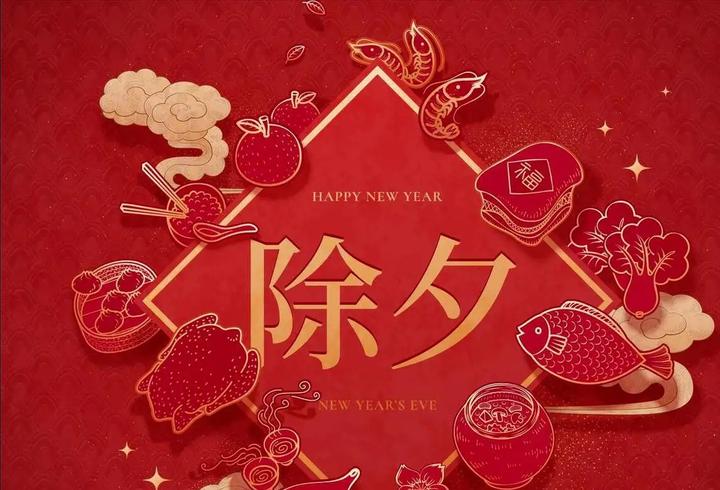Lunar New Year's Eve Changes in China
From 2025 to 2029, the traditional Chinese Lunar New Year’s Eve will fall on the 29th day of the last lunar month rather than the 30th, due to astronomical calculations in the Chinese lunar calendar system.

In Chinese culture, the celebration of Lunar New Year has always been a pivotal moment marking the transition between years. A fascinating astronomical phenomenon is set to occur from 2025 to 2029, where the traditional Chinese New Year’s Eve will consistently fall on the 29th rather than the 30th day of the last lunar month.
This pattern emerges from the complex interplay between lunar phases and calendar calculations. The Chinese lunar calendar, developed over thousands of years ago in China, bases its months on the moon’s synodic period - approximately 29.53 days between new moons. To accommodate this fractional number, lunar months alternate between 29 and 30 days, known as “small” and “big” months respectively.
The absence of the 30th day during these five years is determined by the timing of the new moon. When the new moon occurs earlier in the day, the month becomes a “small” month of 29 days. From 2025 to 2029, the last lunar month of each year will consistently be a “small” month, creating this unusual pattern.
Despite this astronomical quirk, the cultural significance of Lunar New Year remains unchanged. Chinese families will continue their traditional celebrations, including the reunion dinner (团圆饭), the hanging of red lanterns, and the setting off of fireworks. The timing shift simply means these celebrations will occur on the 29th rather than the 30th day.
The calendar will return to its familiar pattern in 2030, when the last lunar month will once again be a “big” month of 30 days. This cyclic nature of the lunar calendar reflects the sophisticated astronomical understanding of ancient Chinese scholars who developed a system that harmonizes celestial movements with human timekeeping.
This phenomenon provides a fascinating glimpse into how traditional calendrical systems continue to influence modern life in China. While the specific date may shift, the essence of the celebration - family reunion, cultural continuity, and hopeful anticipation of the new year - remains steadfast in Chinese society.